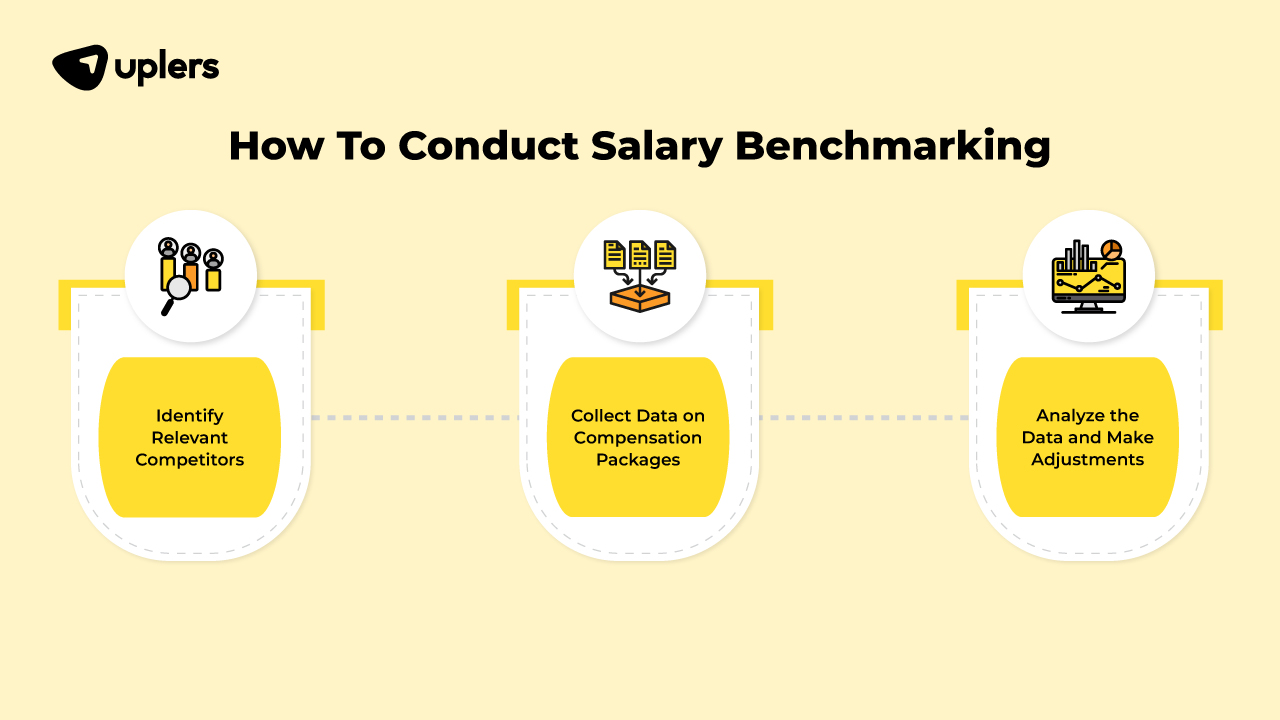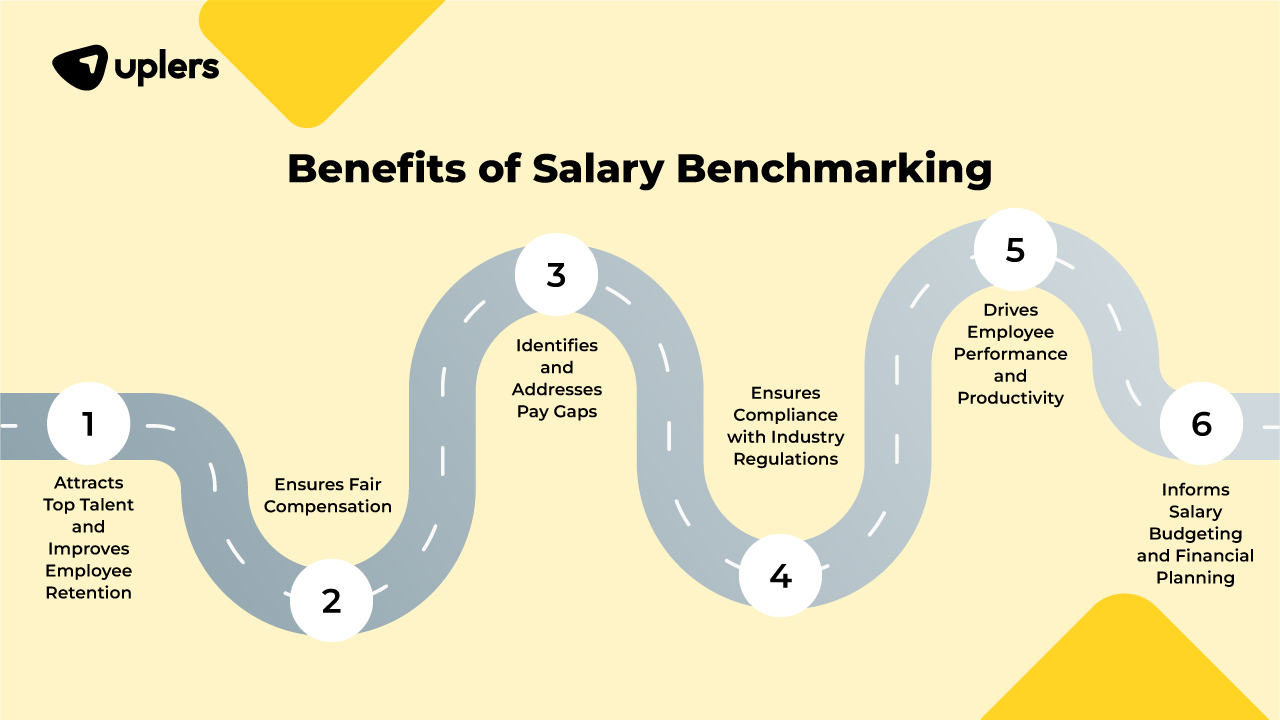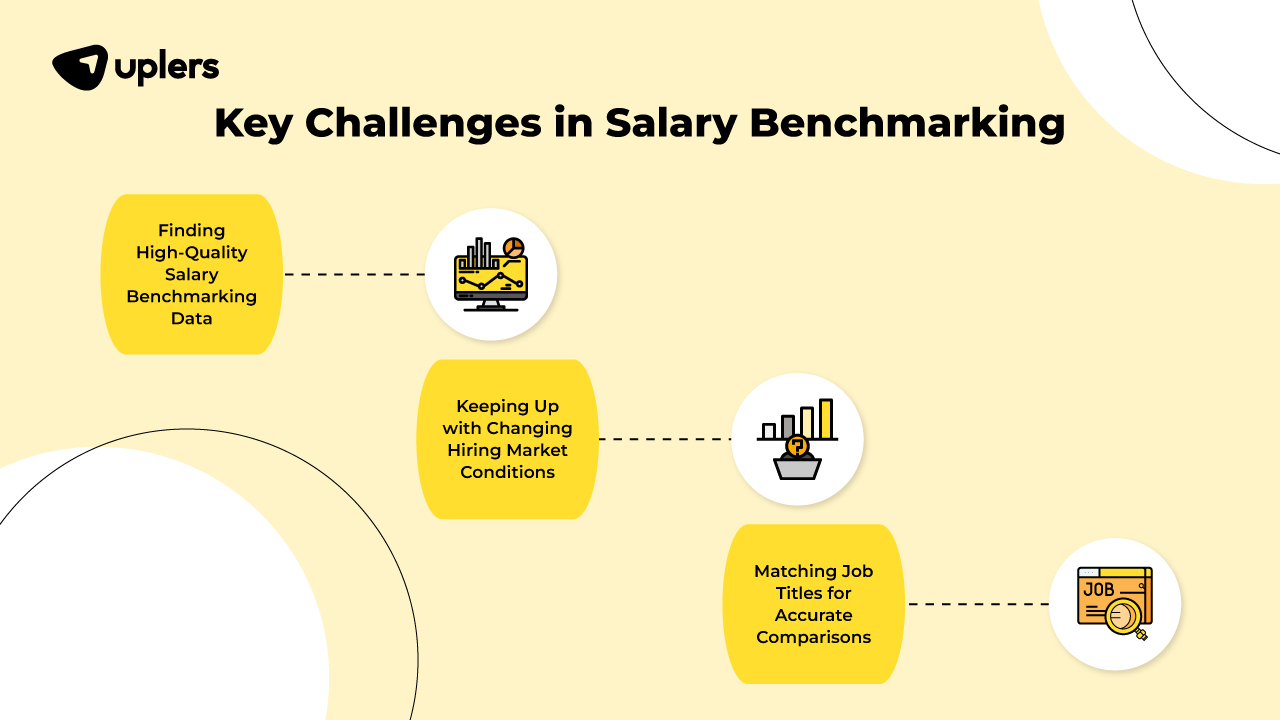What is Salary Benchmarking and Why It Matters for Hiring and Retaining Talent in 2024?
- Aabha Tiwari
- July 3, 2024
- 5 Minute Read

In today’s job market, attracting and retaining top talent is more crucial than ever. 63% of recruiters report that a talent shortage is their biggest challenge, and a study shows that 87% of human resources leaders prioritize employee retention for the coming years.
To fight the challenges of talent shortage, demand-supply gaps, and skill & salary issues, companies, including Google, are now more flexible than ever in hiring from India. From elite enterprises to bootstrapped startups, companies have realized that the Indian market is their sweet escape to extinguish the layoff fire without affecting revenue or compromising on skills and technical expertise.
With this move, hiring managers across industries are now exploring ways to understand the right hiring methods, comprehend the salary benchmarking data, and learn the salaries across industries and different roles to set the right expectations during onboarding and retention, especially when hiring from India.
In this article, we’ll delve into what is salary benchmarking and how it can help your business thrive.
What is salary benchmarking? and, why it is important for your organization in your hiring process?
Gathering salary benchmarking data is comparing an organization’s salaries and benefits with its competitors. When hiring from India, this involves gathering data across various industries and roles and comparing the compensation packages to those in the native location versus India.
The benefits of salary benchmarking, especially when hiring from India, focus on offering fair compensation to the right employee to ensure better retention and performance.
How to conduct salary benchmarking to attract and retain top talent from India?
Ready to benchmark your salaries against the market, especially when hiring from India? Here’s how to get started:

Identify relevant competitors
The first step in salary benchmarking is to identify your relevant competitors. In the case of hiring the right talents from India, it involves analyzing the geographical location. By comparing salaries in your location versus India, you can understand how to do it effectively.
Collect data on compensation packages
After identifying your competitors, the next step is to collect data on their compensation packages. Gather information from salary guides, industry reports, etc. Detail all responsibilities for each role to ensure they are comparable, even if they have different titles. If hiring from a hiring partner or a hiring platform, they can provide competitor analysis and market data – just ask! Remember to consider additional benefits too: bonuses, medical cover, insurance, and pensions all contribute to the overall compensation.
Analyze the data and make adjustments
Once you’ve collected the data, analyze it to identify correlations and any significant anomalies in your salaries/packages compared to others. Adjust your organization’s compensation packages as necessary. This may involve increasing salaries for certain positions, adjusting benefits packages, or re-evaluating bonuses and incentives. Define salary ranges for each role based on experience levels, qualifications, and other relevant factors.
Benefits of salary benchmarking: How to make this the right decision in your hiring process
A solid salary benchmarking process can help you:

Ensure fair and competitive pay
Benchmarking salaries ensures that your compensation is aligned with the market, allowing you to offer fair and competitive salaries to your employees.
Attract top talent
Offering the right and competitive salaries is crucial for attracting top talent especially when hiring from India. Employers from the US, UK, and AU sometimes overestimate (in some cases, underestimate) the competitiveness of their salaries, but benchmarking helps you adjust and attract the talent you need.
Reduce employee turnover
Inadequate compensation is a leading reason for employee turnover. Regularly updating your salaries to match market changes can help retain your best employees longer.
Improve morale and motivation
Employees want to feel valued and appreciated. Regularly benchmarking salaries demonstrates your commitment to fair pay, boosting morale and motivation.
Key challenges in salary benchmarking (and how to overcome them)
We’ve laid out some of the key challenges that one might encounter when looking for the right salary benchmarking data for their hiring process— and what you can do to overcome them.

Challenge #1: Finding high-quality salary benchmarking data
One of the biggest hurdles in salary benchmarking is sourcing reliable data for comparison. Traditionally, companies had two main options:
- Going in-depth with the published salary surveys: Every year many companies publish their salary guides, and some even lay out the current market scenarios and hiring trends. You simply have to understand what type of salary data you’re looking for; and how it can help you in your hiring process.
- Use Self-Reported Data: They could rely on employee-reported data from sites like Glassdoor. But, self-reported data from sites like Glassdoor and Indeed is usually free but often lacks verification and detailed insights.
To evaluate a potential data source for salary benchmarking, ask yourself these questions:
- Is the data reliable?
- Is the data current?
- Is the data affordable?
- Is the data easy to understand?
You can even go one-step ahead and go for real-time, accurate salary analysis on benchmarking data through Uplers Salary Data Analysis. These tools help overcome the limitations of traditional methods by providing up-to-date information and nuanced insights for more effective benchmarking.
Challenge #2: Keeping up with changing hiring market conditions
Even after 6 months of 2024, the job market is unpredictable, part of it has warmed up with new hiring; whereas companies like Google and Amazon are looking for cost-effective ways to hire.
This indicates that competition has gotten fierce and companies are looking for ways to compensate rightly when expanding to other geographical locations like India.
However, traditional salary surveys are typically conducted only once or twice a year, and the process of collecting, cleaning, and organizing the data can be time-consuming. By the time you receive the data, it may already be outdated.
Self-reported data from sites like Glassdoor and Indeed poses even greater challenges. These figures often represent an average of all salaries ever submitted for a role, meaning you could be looking at data that is several years old.
The solution is clear: Seek out data that is as close to real-time as possible.
Opt for a salary guide from Uplers that verifies and audits their salary data every quarter and is based on real-time information to ensure you have the most current salary data available.
Challenge #3: Matching job titles for accurate comparisons
Each organization has its own set of job titles, seniority levels, and job descriptions, which can differ from those used in other companies. Even when roles are similar, there may be variations in the titles assigned to employees (e.g., Senior Software Developer vs. Software Developer II).
This challenge is particularly pronounced in startup or scaleup environments, where employees often have a wide range of responsibilities that span multiple roles. For example, a product manager might also handle the UX side of things; even if the product design team exists.
It is important to define each role clearly before starting the benchmarking process to address this issue. Conduct a thorough analysis of what each employee in your company does. Focus on job descriptions rather than job titles to ensure more accurate comparisons with market salaries. This approach will help you align your compensation more precisely with industry standards.
How to ensure you have reliable, real-time salary benchmarking data that helps in your hiring process?
So, how can you achieve smooth, easy, and accurate salary benchmarking? We’re glad you asked!
Uplers publishes an annual salary guide that helps you determine the right salary data across tech and digital roles in India. Every three months, we verify the salary data based on 1M+ registered Indian talents on our hiring platform, past experiences, and conducting surveys.
Want to learn more about how Uplers could help you? Sign up for a free platform demo to get started.



Thank you for submitting the details!
We will keep your information safe. Feel free to contact us with any questions at hello@uplers.com
Please check your email for next steps shared by Robert.


















